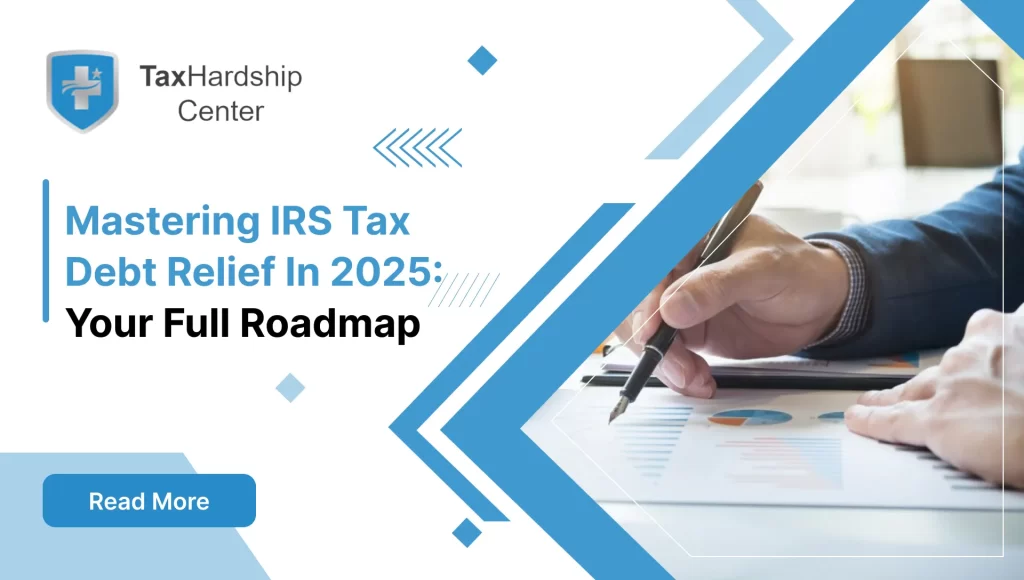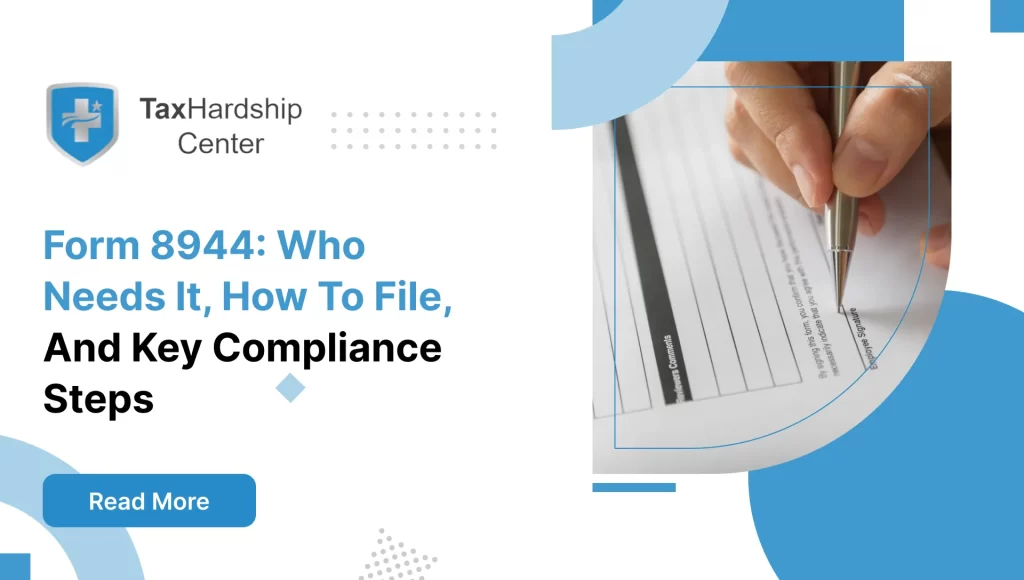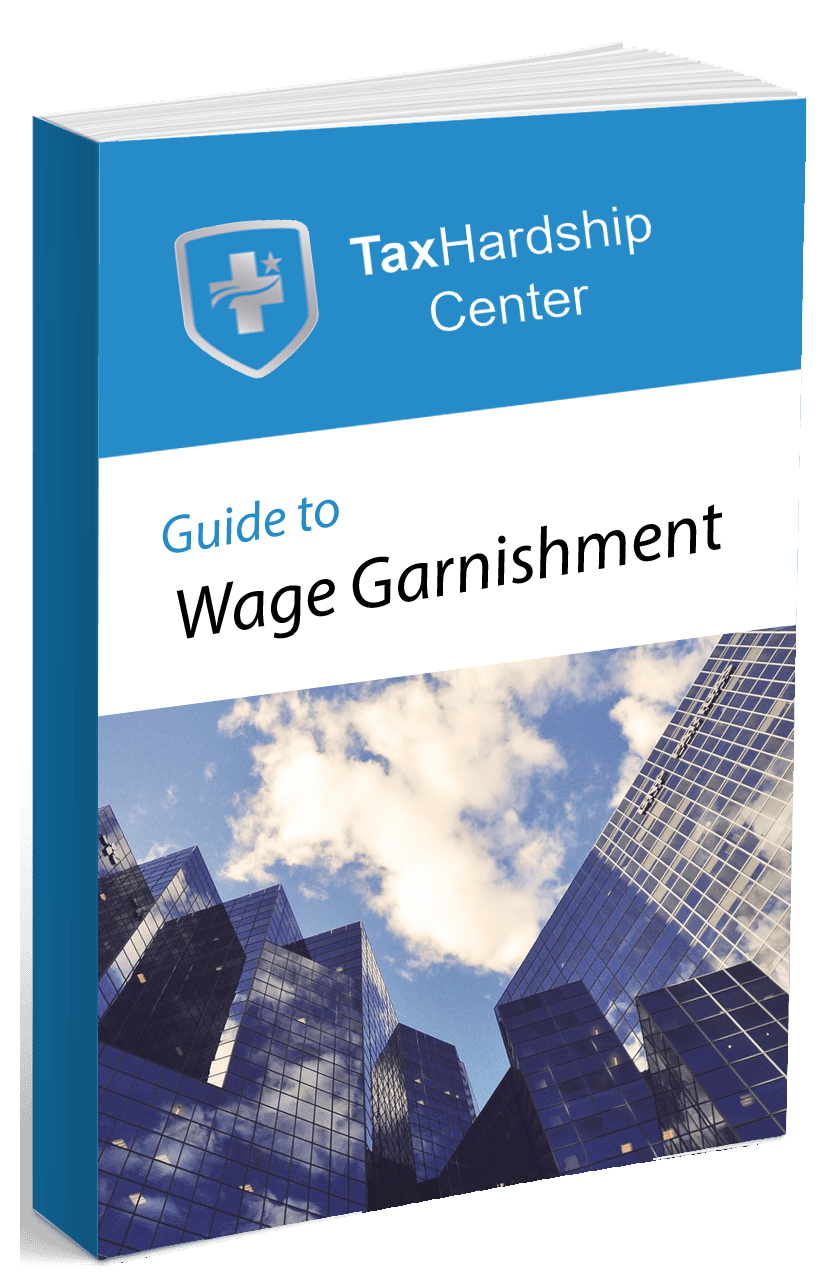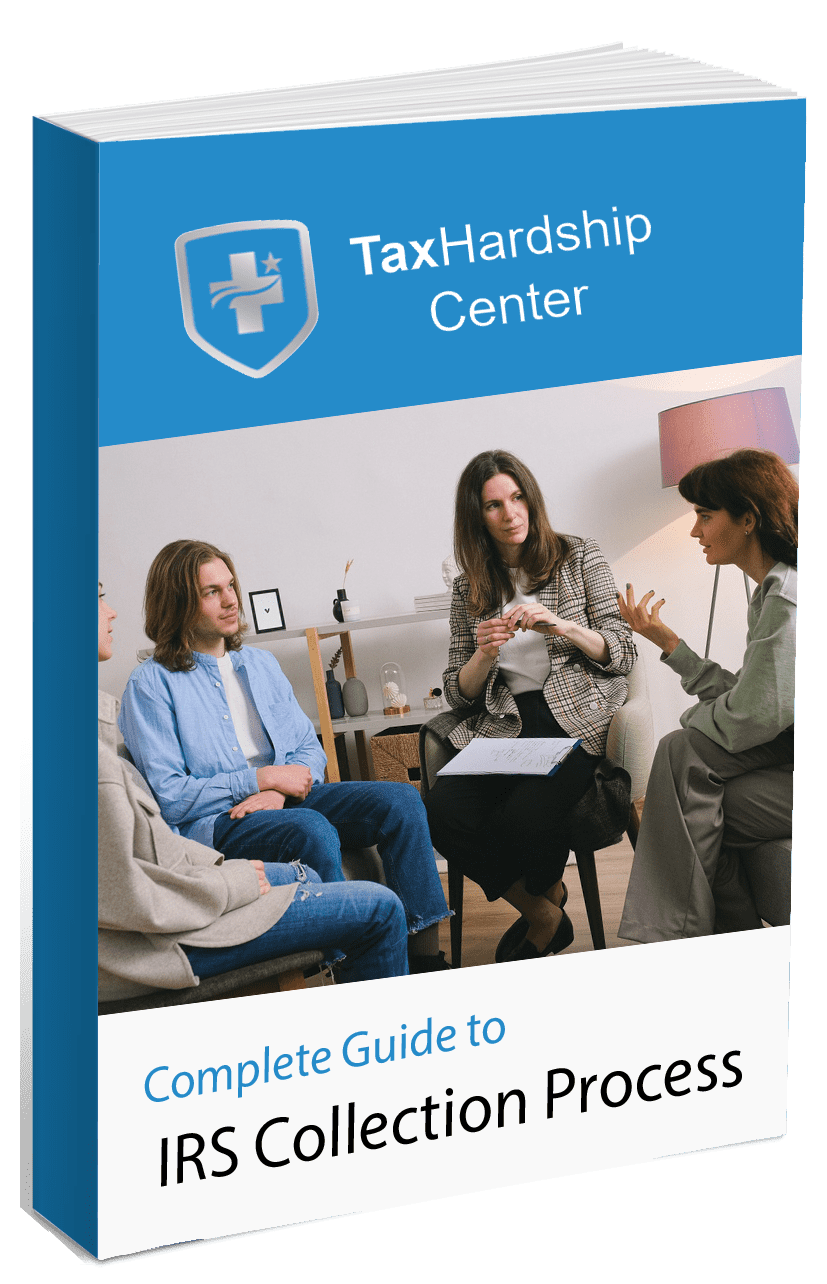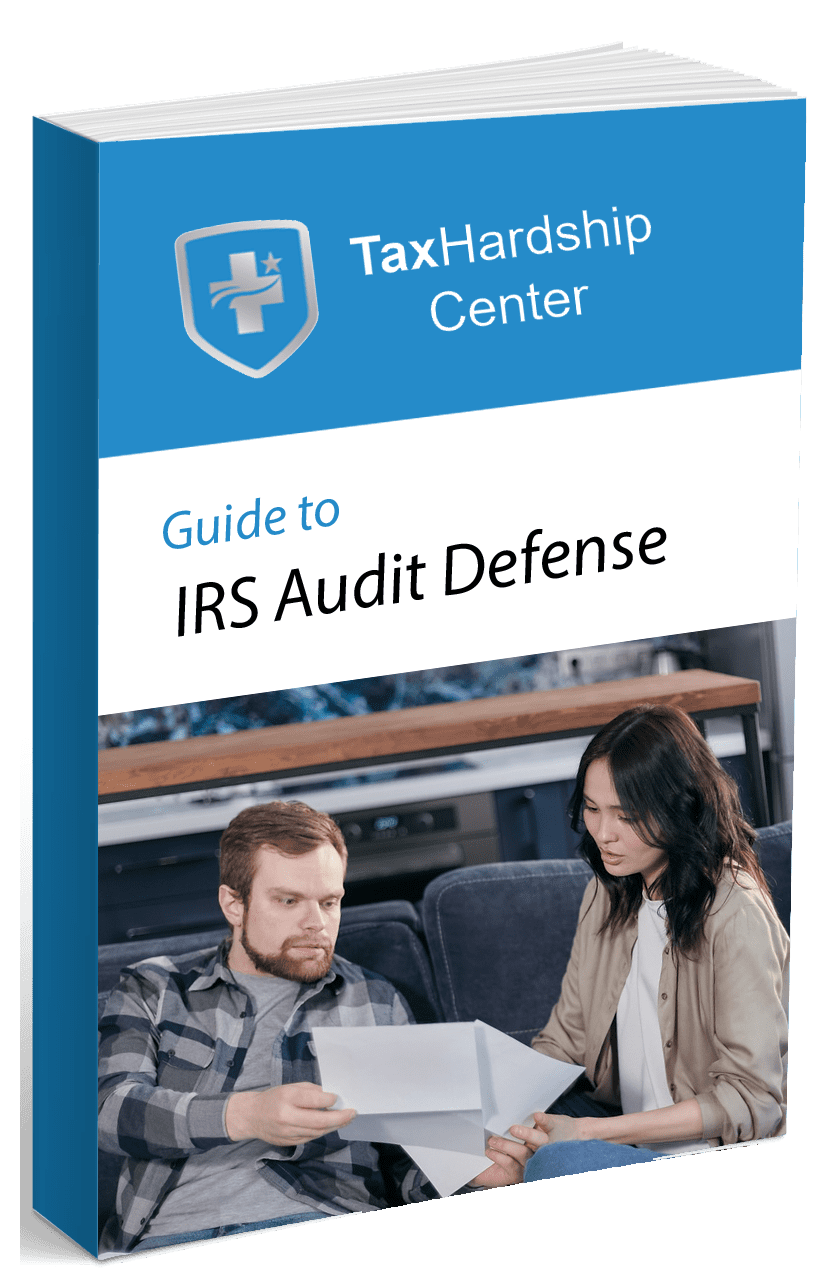IRS tax debt relief in 2025 offers a lifeline for anyone buried under unpaid taxes. If you’re sweating over a growing IRS bill, you’re not alone, and there’s no need to panic. Life happens, jobs vanish, medical bills stack up, and the IRS gets that not everyone can cough up thousands on demand. That’s why they’ve crafted programs to ease the strain, whether it’s cutting your debt, breaking payments into manageable chunks, or halting collections until you’re back on your feet. This isn’t a fantasy; it’s practical help for regular people facing real money woes. In this guide, we’ll map out every corner of tax debt relief for 2025, from options and eligibility to steps and pitfalls, all in plain talk so you can take the reins and ditch the stress.
Understanding IRS Tax Debt Relief in 2025
Imagine you owe the IRS a chunk of change, and the notices won’t stop piling up. IRS tax debt relief in 2025 steps in to give you a shot at fixing it without losing your shirt. These programs aren’t charity, but they’re built to match real-world struggles, like when your paycheck barely covers rent, let alone a tax bill. In 2025, the IRS tweaks these options to fit today’s economy, with costs climbing and incomes shifting. You’ve got ways to settle for less, pay over time, or even dodge penalties if life threw you a curveball. This section sets the stage, showing you what’s on the table and how it could work for your situation, whether you’re a parent scraping by or a business owner reeling from a tough year.
Overview of Tax Debt Relief Options
The IRS doesn’t expect you to pull cash out of thin air. They’ve got a handful of relief options in 2025, each designed for a different financial jam. Whether your debt’s a few grand or a mountain, there’s a tool to tackle it. Let’s dig into the main ones so you can spot what might fit your life.
Installment Agreements
An installment agreement is your deal with the IRS to pay off your debt in monthly bites. If you owe under $50,000, including penalties and interest, this could be your go-to. You’ve got short-term plans, up to 180 days, for smaller debts, and long-term plans, stretching further, for heftier sums. Head to IRS.gov/paymentplan, set up a payment you can handle, and keep the IRS from snagging your wages or bank account. Interest keeps ticking, but it’s a small price for peace of mind. In 2025, the IRS smooths the process with better online tools, making it less of a headache to get started.
Offer in Compromise (OIC)
The Offer in Compromise, or OIC, lets you settle your debt for less than you owe. You toss out a number, say $8,000 on a $25,000 bill, and if the IRS nods, the rest disappears. It’s not a handout; you’ve got to show paying the full amount would crush you financially. They’ll comb through your income, expenses, and assets to see if you’re legit. In 2025, the OIC Pre-Qualifier Tool on IRS.gov lets you test your odds first. It’s a long shot if you’re flush with cash, but for folks stretched thin, it’s a golden ticket to a fresh start.
Penalty Abatement
Penalty abatement wipes out those nasty fees that balloon your tax debt. If you missed a deadline because a flood trashed your home or a surgery drained your savings, the IRS might forgive those penalties. You need proof, like hospital bills or insurance claims, but if they buy it, your bill shrinks fast. First-time offenders with a spotless record can score a break too, no excuse needed. File Form 843 in 2025, and the IRS keeps this option open for honest mistakes or bad luck, saving you hundreds or more.
Currently Not Collectible Status
If you’re dead broke, Currently Not Collectible (CNC) status tells the IRS to back off. Your debt doesn’t vanish, and interest keeps growing, but they hit pause on collections, no levies or calls. You’ve got to prove your income covers only the basics, like rent and food, with zilch left over. It’s a breather, not a solution, perfect for folks reeling from a layoff or big bills. In 2025, CNC remains a safety net, giving you time to rebuild without the IRS breathing down your neck.
Eligibility Criteria for Tax Debt Relief Programs
Getting IRS tax debt relief in 2025 isn’t a free pass. The IRS digs into your finances to see if you qualify, and each program has its own hurdles. They’re not out to get you; they just want a fair shake. Let’s unpack how they size you up and what you need to prove.
Assessing Your Financial Situation
The IRS starts by asking for the raw truth about your money. They want pay stubs, bank statements, and a list of your bills, from car payments to electric. If your income vanishes into essentials with nothing left, you’re in the relief zone. Be straight with them; sloppy or fake numbers kill your chances. In 2025, online forms make this less of a chore, but precision’s still king.
Income and Asset Evaluation
They check what you make and what you’ve got. Low pay with high costs flags you as needy, but a second home or pricey truck raises eyebrows. They’re not here to strip you down; they just want what’s fair. In 2025, rising expenses tweak their math, so even a decent wage might not disqualify you if life’s eating it up.
Determining Reasonable Collection Potential
The IRS crunches your “reasonable collection potential,” or RCP, to see what they can realistically grab. They tally your spare cash each month, after bills, and the value of sellable stuff, like a boat. For OIC, your offer has to match or top this. It’s their safeguard against lowballers, adjusted in 2025 for inflation and regional costs.
Specific Requirements for Each Program
Each option’s got its own rulebook. Skip a step, and you’re out. Here’s the breakdown.
Qualifications for Installment Agreements
For an installment agreement, file all returns and owe under $50,000, or $100,000 for short-term deals. Self-employed? Stay current on estimated taxes. Miss a payment, and the IRS can yank the plan. In 2025, online setups are slick, but the basics don’t budge.
Eligibility for Offer in Compromise
OIC needs proof you’re tapped out, think low income or crushing debts. No bankruptcy allowed, and all returns must be filed. Hide assets, and they’ll sniff it out. In 2025, they’ve eased up, letting more folks with modest means try for it.
Criteria for Penalty Abatement
Penalty relief demands a solid reason, like illness or disaster, backed by evidence. First-timers with clean slates often slide through. File Form 843, and in 2025, the IRS keeps it friendly for legit cases.
The IRS Fresh Start Program in 2025
The IRS Fresh Start Program in 2025 is your tax relief MVP. Launched in 2011, it bundles options like OIC and installment plans into a simpler package. It’s not one fix; it’s a toolkit honed for real people, updated this year to match today’s wallet woes. From freelancers to factory workers, Fresh Start’s got your back.
Introduction to the Fresh Start Initiative
Fresh Start takes relief and makes it usable. It’s not a buzzword; it’s a collection of practical helps, like easier payments or debt cuts, aimed at folks and small businesses drowning in taxes. In 2025, it’s about keeping things real, no crazy hoops to jump through.
Program Enhancements and Updates
In 2025, Fresh Start gets a boost. Online tools speed up applications, OIC eligibility widens, and penalty breaks grow for honest errors. The IRS ties these to rising costs and job shifts, ensuring it’s not stuck in 2011. It’s evolution, not revolution, but it matters.
How the Fresh Start Program Assists Taxpayers
Fresh Start molds relief to your life. It’s not one-size-fits-all; it’s what you can handle, plain and simple.
Streamlined Installment Agreements
Owe $50,000 or less? Fresh Start’s installment plans let you pay monthly with minimal fuss. File online, pick your amount, and sidestep collection chaos. In 2025, they’ve slashed the red tape, so approvals come faster, and you’re not left hanging.
Expanded Eligibility for OIC
OIC under Fresh Start opens up in 2025. If you’ve got a steady job but no savings, or a house but no cash, you might still qualify. They zero in on your ability to pay, not just the debt size, making it a real shot at relief.
Steps to Apply for IRS Tax Debt Relief
Applying for tax debt relief in 2025 takes some hustle, but it’s not brain surgery. You gather your stuff, file the right forms, and keep up with the IRS. Blow it, and you’re back in the hot seat. Here’s how to nail it, step by step.
Preparing Necessary Documentation
Start with your financial paper trail: pay stubs, bank statements, bills for rent, groceries, everything. For OIC, snag Form 433-A for individuals or 433-B for businesses. Miss a piece? The IRS won’t guess; they’ll bounce you. In 2025, online uploads cut the hassle, but you’ve got to have it all ready. This isn’t optional; it’s your foundation. Get organized, double-check your stack, and don’t skimp on details. The IRS wants the full picture, and they’ll sniff out anything less.
Financial Statements and Records
Your financial statement is your case to the IRS. List every penny in and out, rent, utilities, car payments, even that weekly coffee run if it’s regular. Keep it honest; padding your expenses or skipping income sinks you fast. They’re building a profile of your life, so make it crystal clear. In 2025, the IRS offers digital templates to guide you, but the burden’s on you to fill them right. Messy records confuse them, and confusion means rejection. Take your time, get it tight, and show them exactly where you stand.
Submitting Applications
File smart, not sloppy. Installment plans go through IRS.gov/paymentplan, quick and easy. OIC? Mail Form 656 with your financials. Penalty abatement needs Form 843. Each program’s got its lane, so stick to it. In 2025, digital submissions shave days off the wait, but one wrong move, like a missing signature, stalls you out. Read the instructions, follow them to the letter, and send it off with confidence. This is your shot; don’t wing it.
Forms and Procedures
Paperwork’s the name of the game. Form 9465 kicks off installment plans, simple as that. OIC pairs Form 656 with 433-A, a one-two punch. Penalty relief rides on Form 843, no shortcuts. The IRS lays it out online, step by step, so there’s no excuse for screwing up. In 2025, they’ve got videos and FAQs to back you up, but you’ve still got to execute. Miss a field or skip a form, and you’re begging for a “no.” It’s not hard, just precise, so treat it like gold.
Responding to IRS Communications
The IRS doesn’t ghost you; they’ll call, write, or email. Answer fast, within days, not weeks. They want more proof, like a utility bill? Send it pronto, certified mail if you’re old-school. Ignore them, and they’ll slap a lien or deny your app without a second thought. In 2025, their notices come quicker, often digital, so check your inbox and phone. Stay on it; this isn’t a game of chicken. They’re testing your commitment, and silence fails every time. Keep the line open, and you’ll keep the process alive.
Common Mistakes to Avoid When Seeking Tax Debt Relief
Folks derail their relief dreams yearly with rookie errors. Dodge these, and you’ll stay in the IRS’s good graces.
Incomplete or Inaccurate Applications
Half-done forms are a fast track to “no.” Skip a bank statement or fudge your income, and the IRS shuts you down. Every line matters; they’re not filling in blanks for you. In 2025, online tools flag gaps, but you’ve got to catch the rest. Triple-check before you hit send, because a sloppy app wastes everyone’s time, especially yours. It’s your lifeline, so treat it like one.
Ignoring IRS Deadlines and Notices
Blow a deadline or trash a notice, and you’re toast. The IRS sets dates for a reason, miss one, and they’ll escalate to liens or levies. Notices aren’t junk mail; they’re your cue to act. Set reminders, mark your calendar, and jump when they say jump. In 2025, they’re faster with alerts, so no excuses. Ignoring them doesn’t make them disappear; it makes them mad. Stay ahead, and you’ll stay alive.
Misunderstanding Program Requirements
Think OIC’s a breeze? Wrong. Every program’s got rules, filed returns, proof of hardship, no bankruptcy. Mix them up, and you’re chasing a mirage. IRS.gov spells it out, so study up. In 2025, they’ve got guides galore, but you’ve got to read them. Applying blind burns time and hope. Know your play, and you’ll score; guess, and you’ll lose.
The Role of Tax Professionals in Debt Relief
Tax pros can flip your tax mess into a victory. They’re not cheap, but their smarts save you grief and cash long-term. For big debts, they’re a no-brainer.
Benefits of Consulting a Tax Advisor
A tax advisor’s your secret weapon. They spot options you’d miss, file forms dead-on, and talk IRS lingo fluently. Your debt’s a beast? They tame it with know-how. In 2025, with rules shifting, their edge shines brighter. You sleep, they sweat the details, simple as that. If it’s more than you can chew, they’re worth every dime.
Expertise in Navigating IRS Procedures
The IRS is a maze, and pros hold the key. They nail deadlines, haggle with agents, and dodge traps you’d never see. Years of cases mean they’ve got moves you can’t fake. In 2025, with digital shifts and new policies, their experience cuts through the noise. You’re not guessing; they’re steering. It’s pro ball versus pickup, and they’re the champs.
Choosing the Right Tax Professional
Don’t pick blind. Hunt enrolled agents, CPAs, or tax attorneys with IRS wins under their belt. Ask about their cases, check reviews, and match them to your mess.
Credentials and Experience
Enrolled agents eat tax law for breakfast. CPAs crunch numbers like pros. Attorneys fight legal fires. Pick the right tool for your job, and dig into their IRS history. In 2025, experience trumps flash; you want battle-tested, not green.
Promoting Tax Hardship Center
Swamped by tax debt? Outfits like Tax Hardship Center bring serious game. They dive into your numbers, craft a plan, and face the IRS head-on. Their track record, per taxhardshipcenter.com, shows they’ve pulled folks from the brink in 2025 with real results.
Recent Changes and Updates in 2025
The IRS keeps moving, and 2025 shakes things up. New rules, thresholds, and laws could tilt your relief odds. Stay woke to ride the changes.
New IRS Policies Affecting Debt Relief
This year, the IRS pumps up online tools, think faster apps and clearer eligibility checks. Penalty relief stretches for disasters or first-timers, and Direct File hits 25 states for simpler returns. They’re syncing with 2025’s vibe, higher costs, tighter budgets. It’s not a total redo, but it opens doors. Keep tabs on IRS.gov; these shifts could be your edge.
Adjustments to Income Thresholds
Income caps for OIC and CNC might nudge up with inflation. Make a bit more but still broke? You could squeak in. The IRS adjusts for regional costs too, so your area’s numbers matter. In 2025, they’re keeping it real, check the latest on their site. A small bump could flip your “no” to “yes.”
Impact of Legislative Changes on Taxpayers
Congress might stir the pot in 2025, new credits, forgiveness tweaks, who knows? A law could juice Fresh Start or cap penalties, hitting your debt plan. It’s a wild card, D.C.’s call. Watch the news, because a late-year vote could rewrite your relief overnight. Stay ready; it’s your money on the line.
Alternative Solutions for Managing Tax Debt
IRS options not clicking? Look outside, bankruptcy or consolidation might fit. They’re not easy, but they’re there.
Bankruptcy Considerations
Bankruptcy can nuke some tax debts, but it’s picky. Debts over three years old, returns filed, might vanish. New stuff sticks. It’s a sledgehammer, not a scalpel, so get a lawyer. In 2025, it’s still a last-ditch play, clears the board but leaves marks.
Discharging Tax Debts Through Bankruptcy
Chapter 7 or 13 can erase old tax bills if they qualify. Unfiled returns or fresh debts? No dice. You’ll need proof, and the court’s strict. It’s a reset button, but not a free one, weigh it hard. In 2025, rules hold steady, so know your dates.
Debt Consolidation Options
Consolidation rolls tax debt into a loan, one payment, less juggling. You need good credit, and it’s not IRS-approved, but it simplifies. Shop rates, because high interest bites. In 2025, it’s a side road, not a highway, but it works for some.
Preventing Future Tax Debt
Nip tax trouble in the bud. Smart habits now keep the IRS away later.
Effective Tax Planning Strategies
Sit with a pro yearly, map your taxes, snag credits, dodge risks. Plan ahead, not after the bill hits. It’s cheap insurance against debt. In 2025, with costs up, this pays off big. Don’t guess; plot it out.
Adjusting Withholdings and Estimated Payments
Paycheck light on taxes? Boost withholding. Self-employed? Hit quarterly estimates dead-on. Tiny shifts stop debt cold. In 2025, the IRS flags underpayments fast, so tweak early.
Maintaining Accurate Financial Records
Track every buck, receipts, income, expenses. Sloppy books breed missed filings or short payments. Stay sharp, and you’re golden. In 2025, digital apps help, but it’s on you to keep it tight.
Taxpayer Rights and Responsibilities
You’ve got pull and duties with the IRS. Master them, and you’re calling shots.
Understanding Your Rights Under the Taxpayer Bill of Rights
The IRS owes you fairness, privacy, a say. They can’t steamroll you, push back if they try. It’s your armor, use it. In 2025, they’re still bound by it, so know your ground.
Obligations When Entering Debt Relief Programs
Sign on? File on time, pay as promised, keep it straight. Slip up, and the IRS reboots the hunt. It’s a deal, not a favor, hold your end. In 2025, they’re watching closer, so stick to it.
Case Studies: Successful Tax Debt Resolutions
Real wins prove relief’s legit. These tales show how it’s done.
Real-Life Examples of Debt Relief
Jane, a teacher, owed $22,000. She locked a $180 monthly plan and kept her home. Mike, a mechanic, settled $35,000 for $10,000 via OIC. Both dodged disaster. In 2025, their moves still work.
Lessons Learned from Past Cases
File quick, be real, get help if stuck. Jane’s steady pay kept her afloat. Mike’s pro clinched his deal. Basic plays, big payoffs. In 2025, the recipe holds.
Wrapping Up Your Path to IRS Tax Debt Relief in 2025
IRS tax debt relief in 2025 throws you a rope, installment plans, OIC, Fresh Start upgrades, all there to pull you out. Show your numbers, hit the rules, apply clean, and you’re set. Pros can steer, and 2025’s shifts might widen your shot. Don’t wait, hit IRS.gov, grab forms, or call an advisor now. Your bank account’s screaming for it, and you’ll rest easy with the IRS off your tail.
Why Tax Hardship Center?
1. Hassle-Free Assistance:
Say goodbye to sleepless nights and endless tax-related stress. At the Tax Hardship Center, we believe in simplifying the complex. Our team of experts is dedicated to guiding you through every step of the process, ensuring that your tax concerns are met with precision and care.
2. 14-Day Money Back Guarantee:
We’re so confident in our ability to ease your tax worries that we offer a 14-day money-back guarantee. If you’re not satisfied with our service for any reason, we’ll gladly refund your investment. Your peace of mind is our top priority!
3. Free Consultation:
Are you curious about how we can transform your tax experience? Book a free consultation now! Our team will assess your situation, answer your questions, and provide free insights tailored to your needs.
4. Nationwide Coverage:
No matter which corner of the United States you call home, the Tax Hardship Center covers you. We proudly serve all 50 states, bringing our expertise to your doorstep. Wherever you are, our commitment to excellence follows.
FAQs
How long does it take to get IRS tax debt relief approved?
Approval times vary. Installment agreements often clear in weeks if filed online. OIC can take six months to a year, depending on your case and IRS backlog. Respond quickly to speed it up.
Does tax debt relief hurt my credit score?
Most IRS relief options, like installment plans or OIC, don’t hit your credit directly. Late payments or liens before relief might, though. Settling keeps things off your report if you stay current.
Can I apply for relief if I haven’t filed all my returns?
No, the IRS requires all returns filed first. Get those done, then apply. Unfiled returns block OIC, installment agreements, and other programs.
What happens if I miss a payment in an installment agreement?
Miss a payment, and the IRS can cancel the plan. They’ll demand the full amount or start collections. Stay on track to avoid the hammer.
Is the Fresh Start Program still available in 2025?
Yes, it’s alive and kicking in 2025 with updates like expanded OIC eligibility and easier online applications. Check IRS.gov for the latest perks.

